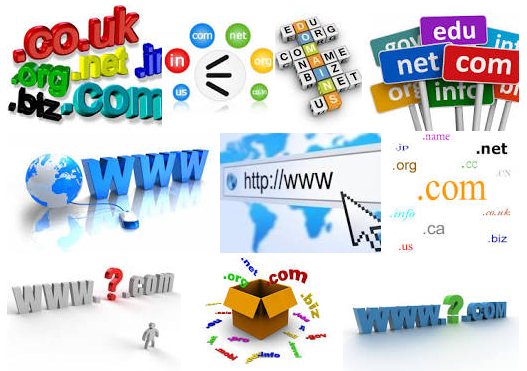
The internet has given the world a lot of things – the ability to communicate with loved ones no matter where they are, an improved free market economy, access to limitless amounts of information and silly cat pictures – all of which are inherently useful in their own right. But where the internet really proved its usefulness was in its ability to provide free education to anyone willing to reach for it. With an internet connection and the right web browser, anyone can have access to the tools to become an autodidact and join the ranks of other self-taught learners and greats.
 How did we get here?
How did we get here?
Nonprofit organizations such as Wikipedia have long been uploading information in the form of comprehensive and well-sourced articles to the internet for free. However, in recent years privately-hosted websites have become more ubiquitous and individuals have started to contribute to the growing base of free available knowledge. This is due in large part to internet companies like 1&1, and as a result websites such as Open Culture, one of the best free cultural and educational media websites around, and udemy, were able to come into existence.
How has this affected developing countries?
Arguably those in developing and emerging countries have had the largest positive benefit from free education via the internet. According to this article in the Guardian from 2011, internet communications technology, or ICTs, are being used in developing countries such as Zambia, South Africa and Vietnam for educational purposes. In fact, 40% of Vietnamese children in rural areas were found to be using the internet as an informative and educational tool, while this number spiked to 62% within urban areas. This is extremely good news, as ICT centers can be used to strategically bring internet and connectivity into very undeveloped areas that may not even have basic resources such as clean water, and can provide the necessary information and education to help locals develop their communities.
 Which are the best resources?
Which are the best resources?
It’s not only developing countries that have benefited from the internet, however. Many top universities in the world offer free courses and material, meaning anyone who can’t afford higher education can still study these degrees from home. Sites like Stanford Online and Harvard Extension are two examples of highly revered learning institutions offering open and distance learning. As well as universities, there’s still a plethora of free courses available online (remember those private websites mentioned earlier?). For a full and comprehensive list, check out this selection put together by lifehack.org.